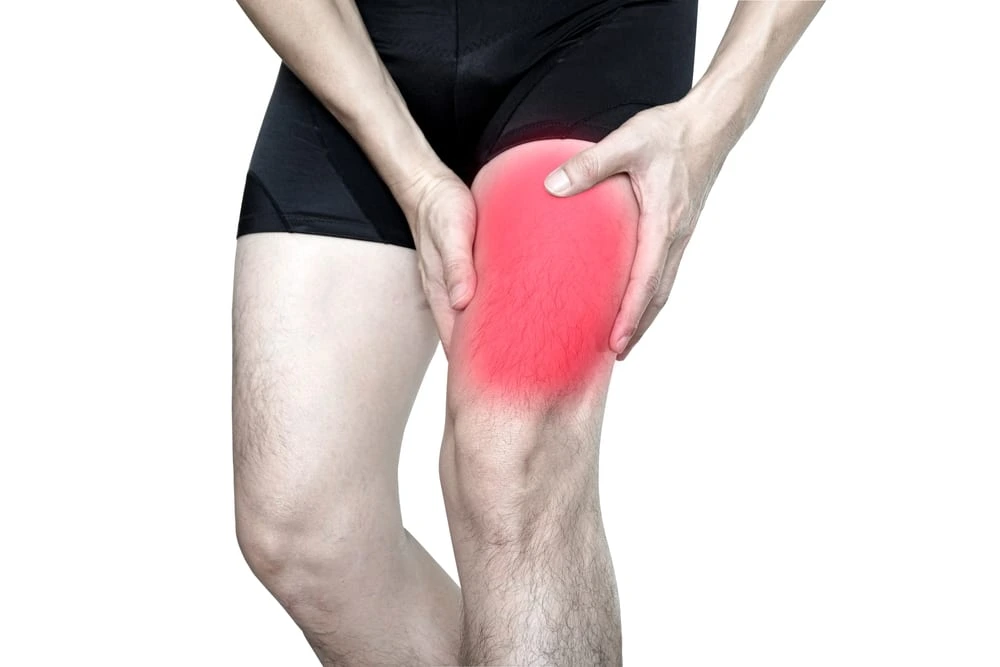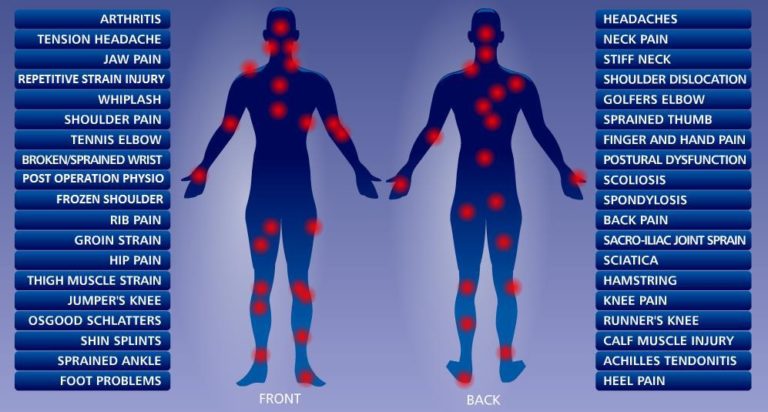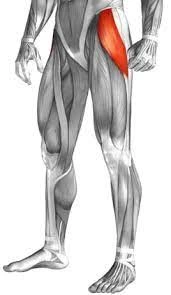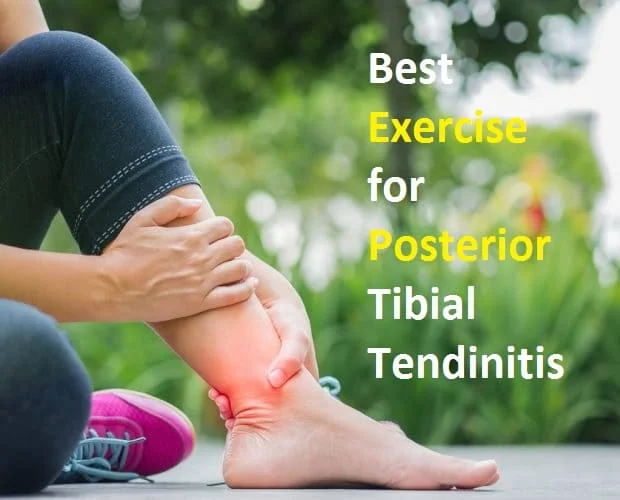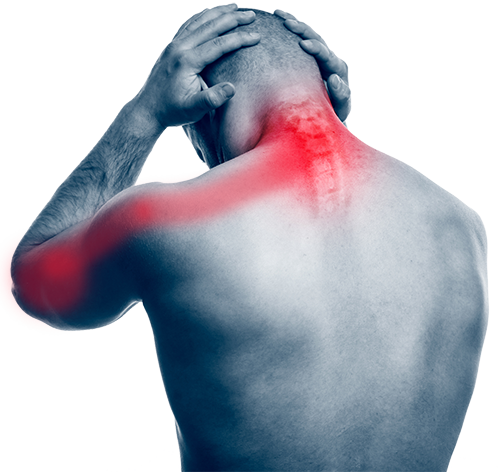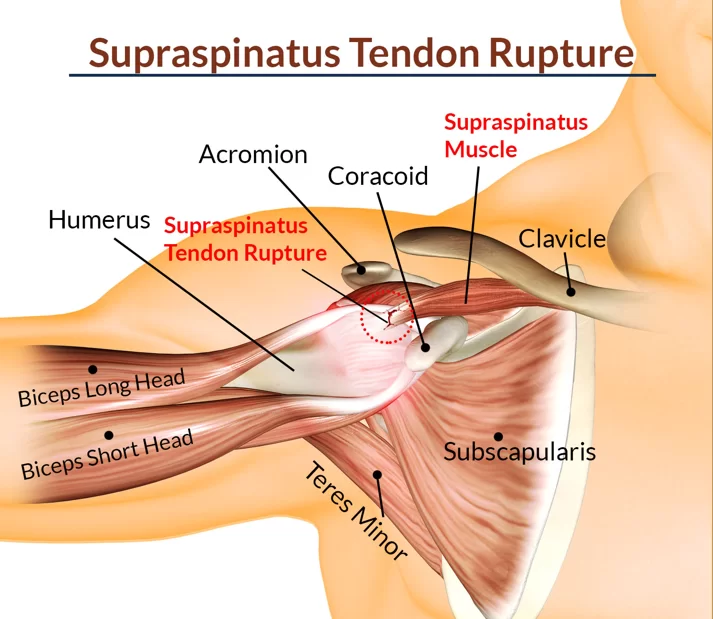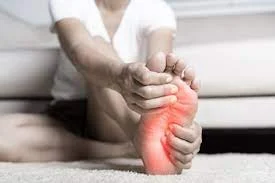What is a Leg Muscle Pull and How to Treat It
Leg muscle pull, muscle strain, or even a muscle tear means that there is an injury to a muscle or the tendons connected to it. This type of damage can happen if you put too much stress on muscles, whether you are doing normal daily activities, raising something heavy, working out, or playing a sport.
Muscle injury can take various forms. You might have torn some or all of the muscle fibers and the tendons connected to that muscle. And when a muscle tears, it can harm small blood vessels, forcing local bleeding, or bruising, and discomfort induced by irritation of the nerve endings in the area.
What is it?
A leg muscle pull is a stretch or tear of muscle fibers. In the leg, muscle pull happens when a muscle can be stretched beyond its limits or forced into intense contraction. The leg is prone to a variety of muscle strains because it has so many different muscles. Among the more popular ones are:
- Calf muscle Pulled (gastrocnemius strain). The calf muscle generally gets strained when the foot unexpectedly bends upward, pulling the calf muscle beyond its limitations. At the time of damage, you may listen to or feel a pop inside your calf – the sound of the muscle tearing or shearing away from the Achilles tendon. Calf muscle strains are expected in athletes, particularly tennis players and joggers. Yet, they also can occur during a simple stroll, if your foot flexes upward when you step into a hole in the sidewalk, or if your heel slips off the edge of a curb.
- Plantaris strain. The plantaris is a slim muscle that starts at the lower end of the femur (the large bone of the upper leg), stretches across the knee joint, and connects to the posterior part of the heel along with the tendon. Because the plantaris do not contribute much force in flexing the knee, a tear in this muscle may not especially affect your knee position. However, a severe plantaris strain can induce significant pain, usually at the rear of your calf rather than near the knee. A plantaris strain can appear alone or accompany a gastrocnemius strain or a tear of the anterior cruciate ligament (ACL), a major, stabilizing ligament in the knee.
- Hamstring strain (pulled hamstring). Hamstrings are extended muscles that stretch down the posterior of the thigh. Because hamstrings function to pull back the leg and bend the knee, they can be involved during running, kicking, or jumping. You may feel a pop, usually at the posterior of the thigh, when the muscle tears.
- Quadriceps strain. The quadriceps are a large group of muscles in the anterior of the thigh that extend out the knee, the opposite action from the hamstrings. Quadriceps strain is a typical injury in runners. However, it also may appear during a severe leg press at the gym. The discomfort of a quadriceps strain is felt in the anterior of the thigh. The strain may be expressed as a groin pull if the tear is fairly high in the muscle.
To assist in simplifying diagnosis and therapy, doctors usually classify muscle strains into three various grades, depending on the severity of muscle fiber damage.
- Grade I. Just a few muscle fibers are pulled or torn, so the muscle is mildly tender and sore, but muscle strength is normal.
- Grade II. A greater number of muscle fibers are torn, so there is more intense muscle pain and tenderness, together with mild swelling, apparent loss of strength and sometimes bruising (called ecchymosis).
- Grade III. The muscle tears all the route through. Either it pulls into two different pieces or the fleshy part of the muscle breaks away from the tendon. Grade III muscle strains are severe injuries that generate complete loss of muscle function, as well as considerable pain, swelling, tenderness, and discoloration. A Grade III strain also results in a rupture in the muscle’s natural structure, frequently leaving behind a noticeable indentation or space beneath the skin where the torn strands of muscle have broken off.
- Research has demonstrated that persistent, low-grade inflammation can become a silent killer that exacerbates illnesses such as type 2 diabetes, cancer, cardiovascular disease, and other ailments. Learn easy ways to prevent inflammation and maintain your health.
Symptoms
The following are possible signs of strained leg muscles:
- Muscle pain and tenderness, especially after an exercise that stretches or violently contracts the muscle. Pain usually improves when you move the muscle, but it is reduced by rest.
- Regional muscle swelling, black and blue discoloration, or both
- Either a reduction in muscle strength or (in a Grade III strain) a whole loss of muscle function
- Problem walking
- a pop that occurs in the muscle when it gets injured
- a fracture, hole, or other irregularity in the muscle’s typical shape (Grade III strain)
Diagnosis
Your physician will want to know what activity caused your leg pain and whether the injury was caused by a pop in the muscle. Your doctor will also inquire about your symptoms, particularly any weakness in your muscles or trouble walking.
The doctor will examine you to verify a diagnosis. You probably won’t require any more testing if the findings of your examination indicate that you have a Grade I or II muscular strain. However, X-rays or a magnetic resonance imaging scan can be required if the diagnosis is unclear. Doppler scans may also be performed to look for a blood clot in cases with injury to the calf muscles.
Expected Duration of Recovery
Within a few days, the majority of Grade I or Grade II strains start to feel better. Within eight to ten weeks, symptoms are usually either completely gone or much improved. A Grade III strain’s symptoms could persist until the torn muscle is surgically restored.
Muscle Strain Treatment Self-Care at Home
Use ice packs to the site soon after the injury and keep the strained muscle in a stretched position. This will help control the amount of localized bleeding or swelling in the muscle (due to blood vessel tears). You can utilize heat when the swelling has subsided. Utilizing heat earlier than that can raise swelling and pain.
Never use ice or heat on raw skin. Never use a protective cover such as a towel between the ice or heat and the skin.
Pain relievers. Grab nonsteroidal anti-inflammatory drugs (NSAIDs) such as naproxen or ibuprofen to relieve pain and enhance your ability to move around. Do not take NSAIDs if you have a kidney condition or a history of gastrointestinal bleeding or if you are also taking a blood thinner (such as Coumadin) without first talking with your doctor. In that case, it is safer to take acetaminophen, which helps relieve pain but does not relieve inflammation.
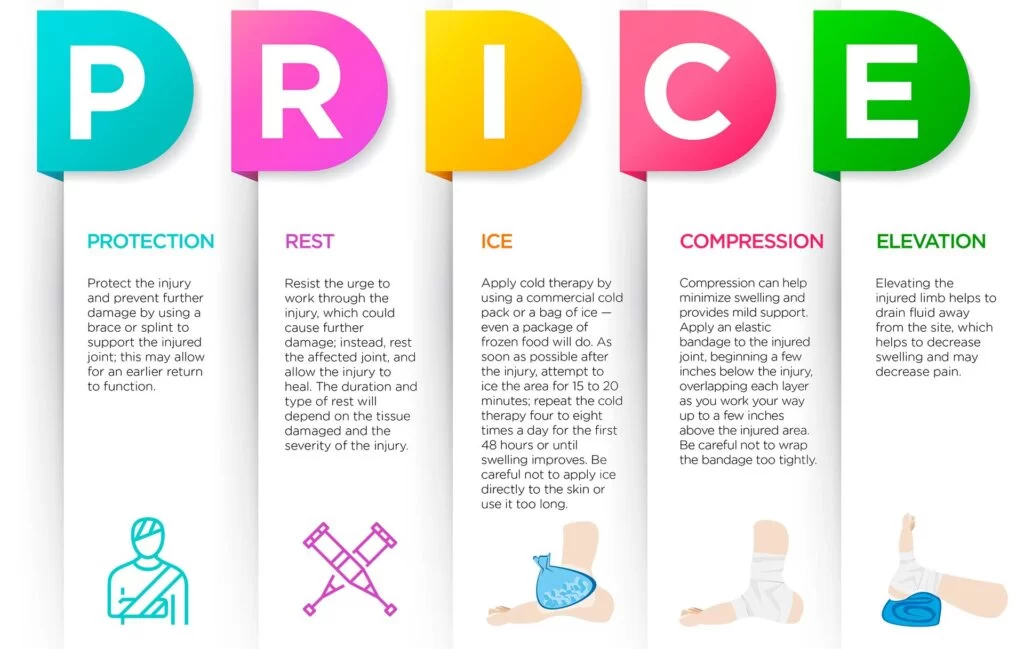
The PRICE formula, which stands for protection, rest, ice, compression, and elevation, can aid the injured muscle.
- Extract all constrictive clothing and jewelry in the region of the muscle strain.
- Cover the strained muscle from further injury.
- Rest the strained muscle. Avoid the activities that cause the strain and other painful activities.
- Apply 20 minutes of ice to the affected muscle area each hour while awake. Ice is a very useful anti-inflammatory and pain reliever. Little ice packs, such as packages of frozen vegetables or water frozen in foam coffee cups, applied to the area may help reduce inflammation.
- Compression can be gently applied with an elastic bandage, which can both provide support and reduce swelling. Do not wrap tightly.
- Promote the affected area to reduce swelling. For example, when sitting, elevate a strained leg muscle.
- Exercises that improve muscle pain or work the affected body part are not recommended until the pain has eased up.
Medical Treatment
Assuming that you do not have a severe muscle injury that requires surgery, medical therapy is similar to the remedy at home. However, a physician can offer you insightful guidance, like:
notify you of the severity of the tendon and muscle damage
Tell you if a brace or crutches are necessary for your recuperation.
Whether you must limit your activities or take time off from work
Prevention
- Help avoid injury by stretching daily.
- Begin an exercise plan after seeing your physician.
- Stretch after you exercise.
- Establish a warm-up routine before strenuous exercise, such as gently running in place for a couple of minutes.
- Adopt a fitness regimen designed to strengthen and elongate your leg muscles.
Increase the intensity of your training program gradually. Never put yourself through too much or too quickly.
When to call a professional
Call your doctor promptly if:
- At the time of injury, you hear or feel a pop in your leg muscle.
- You have severe pain, swelling, or discoloration in the injured muscle
- Your injured leg is weak compared to your uninjured leg
- You have difficulty walking
- After 48 hours, your milder leg problems are still there.
Prognosis
The prognosis is based on the location and degree of the strained muscle. Generally speaking, most Grade I strains recover in a few weeks. Two to three months may pass for grade II strains. Most patients recover normal leg muscle function after surgery to treat a Grade III strain after several months of rehabilitation.
FAQ
How long does a torn muscle in your leg last?
When you get back into sports after an injury, give your muscles time to recuperate. Hold off until you reach your pre-injury levels of muscle strength and flexibility. For minor strains, like hamstring strains, this can take up to three weeks, and for severe strains, such as those in the knee, it can take up to six months.
What to do if you pull a muscle in your leg?
Rest. For a few days or until your doctor gives the all-clear, rest the affected muscle.
cold therapy. Take twenty minutes applying ice to the injury for every hour that you are awake.
compression. Swelling of the muscle can be decreased by wrapping it with an elastic bandage.
Elevation, medicine, etc.
Can I walk while my leg muscle is pulled?
You should give your muscles two days of rest if you have mild to moderate muscular strains. You should take it easy for ten to fourteen days if you have a significant muscle strain. If you have a lower body or leg muscular strain, you might need to use crutches to walk. On the damaged region, apply ice.
Which three signs indicate a muscle is pulled?
The affected muscle hurts and is difficult to move.
Bruised and discolored skin.
Swelling.
When a muscle pulls, should I massage it?
As the body tries to defend itself and prevent further harm, muscle tightness is a usual natural reaction to straining the muscle. However, massaging the strained muscle can also assist out of the muscle itself. By easing this tension, massage can help you move about more easily and experience less discomfort while you heal.
What’s the reason for leg muscle pull?
Muscle strains can be caused by Overuse: Overuse syndrome can result from repeatedly doing the same motion, whether at work or when engaging in physical activities like sports. Not warming up or stretching before working out: Your muscles will experience a progressive increase in stress when you stretch before working out.
Can a muscle pull heal completely?
A full recovery will be possible for most muscular injuries, and surgery is not usually necessary. When the athlete is pain-free and able to move and perform normally, even with a partial tear, they can return to sport. After receiving the proper care and therapy for a few weeks to several months, this normally happens.
When a muscle is pulled, is it preferable to rest or exercise it?
When a muscle is pulled, is it preferable to rest or exercise it?
Stretching a torn muscle too much could cause more harm and take a lot longer to heal. Even with modest stretching. Just remember to rest your torn muscle for at least two to three days following the incident if you’re eager to stretch it.
References
- Professional, C. C. M. (n.d.-c). Pulled calf muscle. Cleveland Clinic. https://my.clevelandclinic.org/health/diseases/21558-pulled-calf-muscle
- Harvard Health. (2023b, March 15). Leg strain. https://www.health.harvard.edu/a_to_z/leg-strain-a-to-z
- Muscle strains in the thigh – OrthoInfo – AAOS. (n.d.). https://orthoinfo.aaos.org/en/diseases–conditions/muscle-strains-in-the-thigh/
- Hansaplast. (n.d.). Leg muscle pain banner. https://www.hansaplastindia.com/articles/health-and-protection/how-to-take-care-of-your-leg-muscle-strain
- How long does it take for a strained leg muscle to heal? (2022, January 10). MedicineNet. https://www.medicinenet.com/how_long_it_takes_for_strained_leg_muscle_to_heal/article.htm

